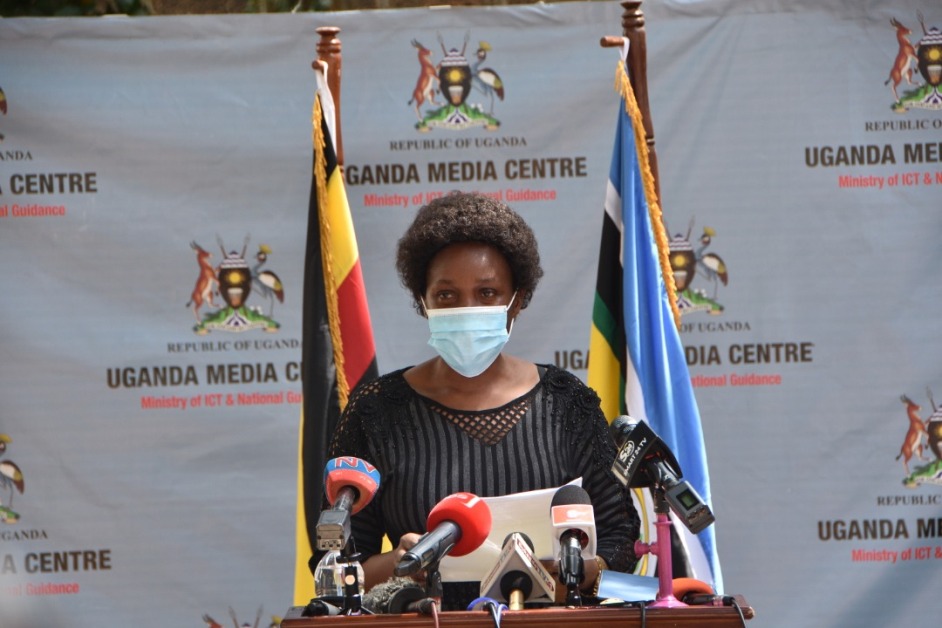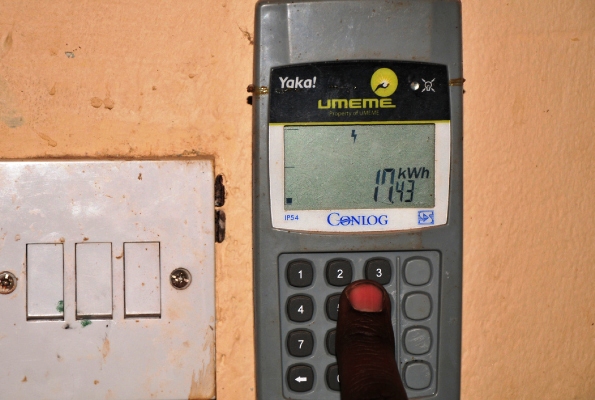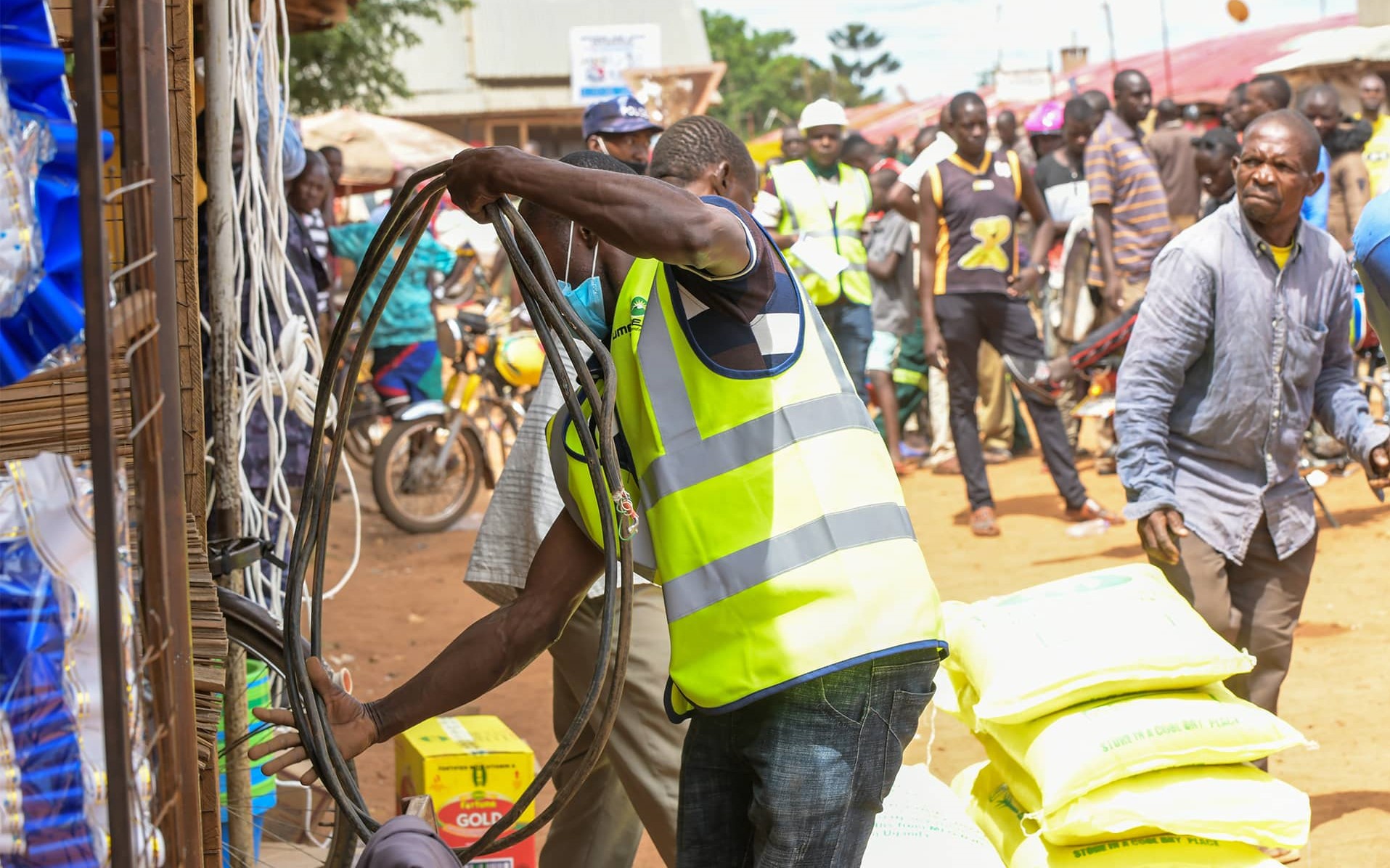There are rising cases of new infections among the population
By AbduKhalim Nsanja
Uganda’s commitment to achieving the global target of ending the epidemic of HIV/AIDS by 2030 hangs in balance amid rising cases of new infections among the population, experts have anticipated.
This comes ahead of a National HIV/AIDS Symposium next month at the Makerere University Business School – MUBS playground. The symposium will be conducted under the theme “Ending Inequalities Among Adolescent Girls, Young Women and Boys”.
Jotham Mubangizi, the Head of Strategic Information at the United Nations – UNAIDS said that in Uganda the burden of HIV/AIDS is still worrying with 54,000 new infections annually, and 1,100 being recorded weekly.
He said an HIV/AIDS patient requires about US $170, about 612,000 Shillings to be maintained on first-line ART, translating into about US $ 204 million, about 779.934 billion Shillings to maintain about 1.2 million people on treatment annually.
The Director General of the Uganda Aids Commission – UAC, Dr. Nelson Musoba, noted that due to the outbreak Covid-19 pandemic, Uganda like any other country on the globe suffered unprecedented setbacks that must be addressed if zero HIV/AIDS infections are to be achieved by 2030.
But Sarah Netelisire Kayagi, the Namisindwa District Woman Representative and also the Chairperson of the Parliamentary HIV/AIDS Committee believes the zero infection rate can be achieved by Uganda if the Government commits to implementing the 95-95-95 strategy laid by the UNAIDS.
The UNAIDS “95-95-95” metric guide, aims for 95% of HIV-infected people to know their status, 95% of those diagnosed to receive antiretroviral therapy (ART), and 95% of those on treatment to achieve viral suppression.
The experts want the symposium to discuss new interventions needed to address the new infection rates, scale up prevention treatment, and sustain increased domestic financing to support Uganda from over-reliance on donor funding.
The UNAIDS statistics indicate that of about 20,000 new infections among the young Ugandans between the age of 15 and 24 that the country recorded during the 2021 extended Covid-19 lockdown periods, four of every five cases were prevalent among adolescent girls.
The UN agency is already facing financial constraints in funding HIV/AIDS interventions due to overriding priorities emanating from climate change and emerging new epidemics such as Covid-19 and Ebola, yet US $ 20 billion, approximately 76.464 trillion Shillings is needed to meet the global targets in the low and middle-income countries.
In 2015, the world transitioned from the Millennium Development Goals to the Sustainable Development – SDGs, and SDG 3 one of the 17 global targets set up by the United Nations – UN is about “Good Health and Well-being” and one of the targets in the SDG 3 aimed at ending communicable diseases like Malaria, Hepatitis and HIV/AIDS.
Again in 2016, the UN General Assembly set 90-90-90 global targets which Uganda and eight other countries such as Malawi, Botswana, Switzerland, Slovenia, Rwanda, and Qatar commendably achieved by the end of 2020.
The government injects 150 billion Shillings annually into the activities of the UAC in direct costs to purchase HIV/AIDS antiretroviral therapy, laboratory test kits and reagents, and prevention interventions excluding recurrent budget on staff salary and utilities among others.
The UAC requires about US $ 600 million, about 2.293 trillion Shillings as annual expenditure towards the fight against the virus, 80 percent of the budget is donor funded and the Government contributes about 15 percent of it.





